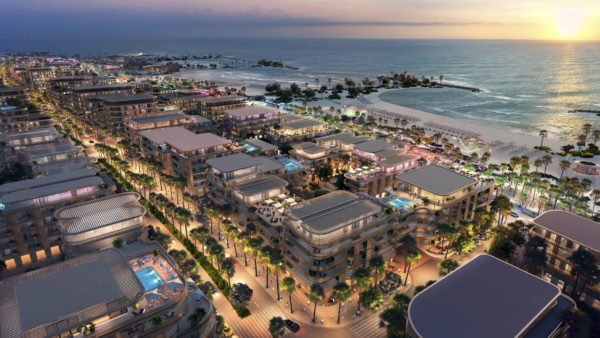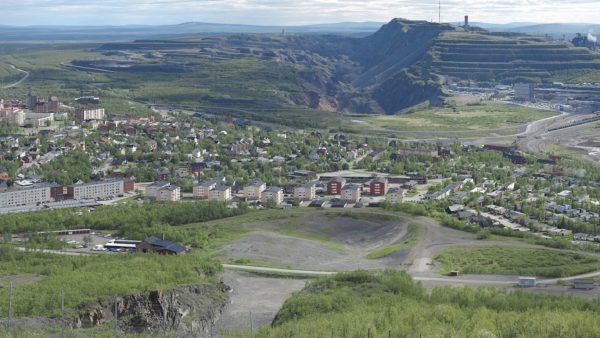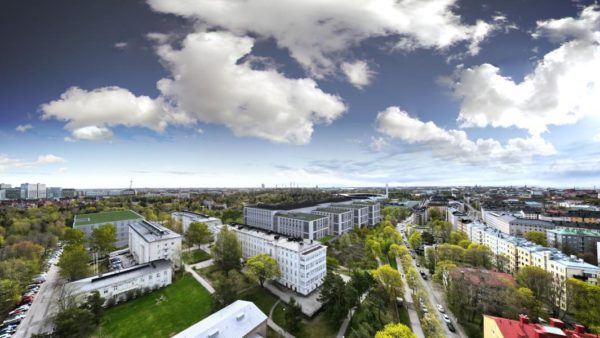Denmark is developing plans to build "energy islands" – areas of reclaimed land that would host vast wind farms able to generate up to 10GW of electricity, 8.8GW more than the largest offshore wind farm now in existence.
The cost of the project or projects has been put at between $20bn and $45bn, most of which is expected to come from the private sector, with the government funding research and development.
The government has allocated about $10m in its 2020 budget to develop ways of converting and storing wind energy as hydrogen, which would enable wind power to be used as a fuel as well as a source of electricity.
Dan Jorgensen, the energy minister, said yesterday: "If we really are to realise the enormous potential of offshore wind we must develop technologies of the future to convert the green power into fuel for aircraft, ships and industry."
The Ministry of Energy, Utilities and Climate said that studies into the environmental impact of the islands, as well as their economic and technical feasibility, would now be carried out, and a dialogue would be entered into with other North Sea countries.
Denmark, which built the world’s first offshore wind farm in 1991, and is home to the turbine maker Vesta, has committed to increase the proportion of its energy generated from renewable sources. At present, wind turbines contribute 41% of national demand, the highest level in Europe.
On 6 December, the Danish parliament passed the National Climate Act, which sets a legally binding target to reduce greenhouse gas emissions by 70% by 2030 compared with 1990 level. The energy islands are seen as a way of meeting that goal.
Image: Foundation structures for offshore wind turbines (Einsamer Schütze/CC BY-SA 3.0) [https://creativecommons.org/licenses/by-sa/3.0/]










